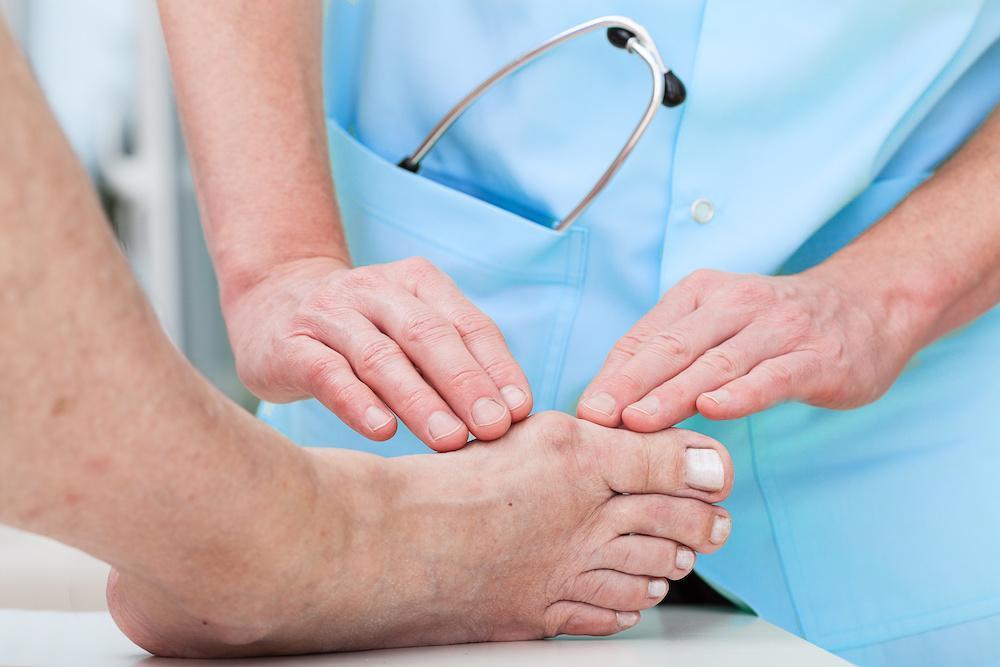
What Can Lapiplasty® Fix?

Bunions are a real pain, especially when conservative therapies fail to relieve symptoms. If you're tired of dealing with constant discomfort and other symptoms, surgery may be the next logical option.
However, bunion surgery has come a long way, and the Sports Medicine Associates of San Antonio team is excited to offer cutting-edge Lapiplasty® 3D bunion correction for unrivaled results.
Dr. Marque A. Allen is an experienced, double-board-certified podiatrist and foot and ankle surgeon. If you're dealing with unbearable bunion pain, he offers Lapiplasty correction to address the root of the problem and provide long-term relief.
What is Lapiplasty surgery?
A bunion is a bony bump outside the big or small toe. It happens when the metatarsophalangeal joint (MTP) moves out of alignment, causing the bump to form. Bunions happen for various reasons, including genetics, foot structure, and injuries.
Without the proper care, bunions continue to worsen, causing pain and difficulty in wearing shoes or participating in activities. If conservative treatments don't work, Dr. Allen suggests considering Lapiplasty.
The Lapiplasty 3D bunion correction procedure not only addresses the painful bump of a bunion but also treats the underlying issue – an unstable joint. During the procedure, Dr. Allen uses minimally invasive techniques to realign the big toe joint and stabilizes it with plates and screws.
Instead of removing the bony bump, which causes more pain, the Lapiplasty procedure allows Dr. Allen to reshape the joint using specialized tools. He makes a few precise cuts to move the joint back into alignment.
The joint stabilization from plates and screws sets the procedure apart from other bunion procedures. That stabilization prevents the joint from moving out of place and prevents a bunion from recurring after surgery.
Why would I need Lapiplasty surgery?
You may need Lapiplasty surgery if you have moderate to severe bunions that interfere with everyday activities. We offer it as an option for those with bunions that regularly hurt or interfere with daily living activities.
Dr. Allen also offers Lapiplasty as an option after failed bunion surgery. If you're still having pain or a bunion recurs, Lapiplasty addresses the underlying problem for permanent relief.
How Lapiplasty differs from traditional bunion surgery
Lapiplasty 3D bunion correction surgery is massively different from a conventional bunionectomy. The main difference is that Lapiplasty addresses the unstable joint. In contrast, a bunionectomy removes the bony bump and moves the bone back without long-term stabilization.
Lapiplasty also doesn't involve removing bone, which is painful and doesn't address the underlying cause of bunions. Instead, Dr. Allen utilizes a tool that holds the bones in place after making a few necessary cuts.
He moves the bones back into alignment and then uses plates and screws to secure the MTP joint. The result is bunion correction at the source of the problem. It provides stability that prevents a bunion from reforming due to genetic foot structure and walking patterns.
The benefits of Lapiplasty far outweigh those of traditional bunion surgery. They include minimal scarring, faster recovery, and lower recurrence rates of bunions. You can also return to normal activities faster than with conventional surgery.
Call our team today to schedule an appointment with Dr. Allen for bunion correction. We have two convenient locations in San Antonio, Texas. You can also request a consultation using our convenient online booking tool.
You Might Also Enjoy...


Diabetic? 5 Ways to Protect Your Feet This Holiday Season

Reduction of Your Ankle Fracture: What to Expect

Foot Sprains: 5 Ways to Heal Efficiently

Does Plantar Fasciitis Go Away On Its Own?


